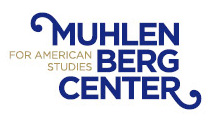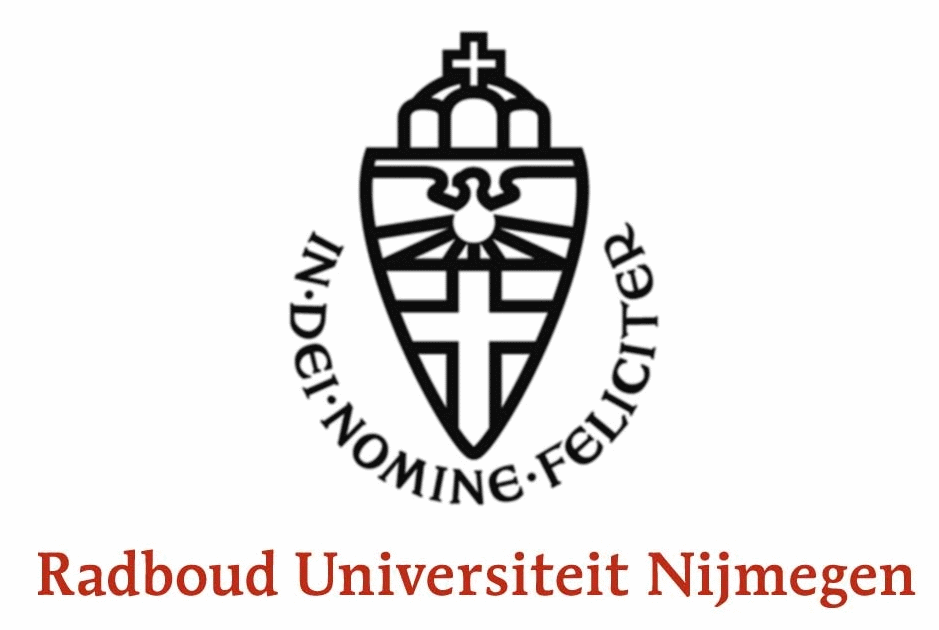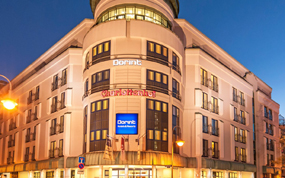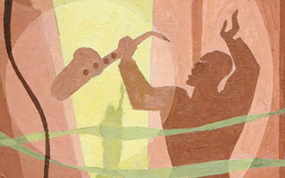Conference
Sound & Vision: Intermediality and American Music
Organized by Frank Mehring (Nijmegen) and Erik Redling (Halle-Wittenberg)
The medium of music represents a pioneering force of crossing boundaries on cultural, ethnic, racial, and national levels. Building on the work of American Studies scholars such as Astrid Böger, Christoph Decker, Winfried Fluck, Udo Hebel, Wilfried Raussert, and Gabriele Rippl, who investigate the complex dialogues of textual studies with visual studies, the conference participants intend to expand current intermedial theoretical approaches by emphasizing the musical dimension in visual media. We want to rethink the nature of sound, the practice of listening, as well as the function and use of music in the interaction with the arts in transnational and transcultural contexts. We thereby hope to refine current discussions on intermediality, remediation, transmediality, and multimodality (as found in, for instance, the 2015 Handbook of Intermediality: Literature, Image, Sound, Music edited by Gabriele Rippl). In five original presentations, the novel approach to the exploration of sound and vision takes its first cue from American music to investigate the interdependencies, overlappings, and interactions between music and other media: photography – Johannes Voelz (Frankfurt), graphic novels – Lukas Etter (Siegen), film – Marc Priewe (Stuttgart), popular performing arts – Johanna Hartmann (Augsburg), visual space/museums – Wilfried Raussert (Bielefeld), and interviews of jazz musicians – Wolfgang Lorenz (Köln).
Sponsored by
 |
 |
Program
| Friday, May 26 | 15:00 |
Welcome and IntroductionFrank Mehring (Nijmegen) |
| 15:15 – 16:00 |
“Hergé’s (Less) Jazzy Moments: Musical and Tonal Notation in the ‘Tintin’ Comics Series”Lukas Etter (Siegen)
Coffee Break |
|
| 16:30 – 17:15 |
“‘You Picked the Right Song’: Remediating Music in ‘Back to the Future’ and ‘Forrest Gump'”Marc Priewe (Stuttgart) |
|
| 17:15 – 18:00 |
“From ‘The Indian Princess’ to Queen Beyoncé’s ‘Lemonade’: Sound, Vision, and Performativity in the Popular Arts”Johanna Hartmann (Augsburg) |
|
| 19:00 | Dinner
|
|
| Saturday, May 27 | 09:30 – 10:15 |
“It’s Been a Long Time Coming’: (Re)Mediating African American Music in Contemporary Museum Cultures”Wilfried Raussert (Bielefeld)
Coffee Break |
| 10:30 – 11:15 |
“Talking ‘Bout My Generation: Visual History Interviews”Wolfgang Lorenz (Köln) |
|
| 11:15 – 12:00 |
Concluding DiscussionFarewell |
|
Accommodation

Dorint Hotel Charlottenhof
You will be lodging at the Dorint Hotel Charlottenhof in single rooms, which are equipped with en-suite bathrooms, television, safe, telephone, and internet access. The hotel is just a short walk from the train station.
Breakfast will be provided at the hotel.
For further details please visit the Dorint Hotel website.
The address of the hotel is:
Dorint Hotel Charlottenhof
Dorotheenstraße 12
06108 Halle (Saale)
Tel. +49 345 2923-0
Directions
By train
Take a train to Halle (Saale) Hauptbahnhof (main station).
The embedded map to the left will help you get from the Hauptbahnhof to the Steintor Campus.
Trams number 2, 5 and 12 will get you directly from the Hauptbahnhof to the stop “Am Steintor”, which is a five-minute walking distance from the Institute for English and American Studies. The tram ride also takes five minutes. Tram timetables may be checked on the website of the Hallesche Verkehrs-AG.
Contact
Prof. Dr. Frank MehringOrganizer Radboud University |
Prof. Dr. Erik RedlingOrganizer Martin-Luther-Universität Halle-Wittenberg |
